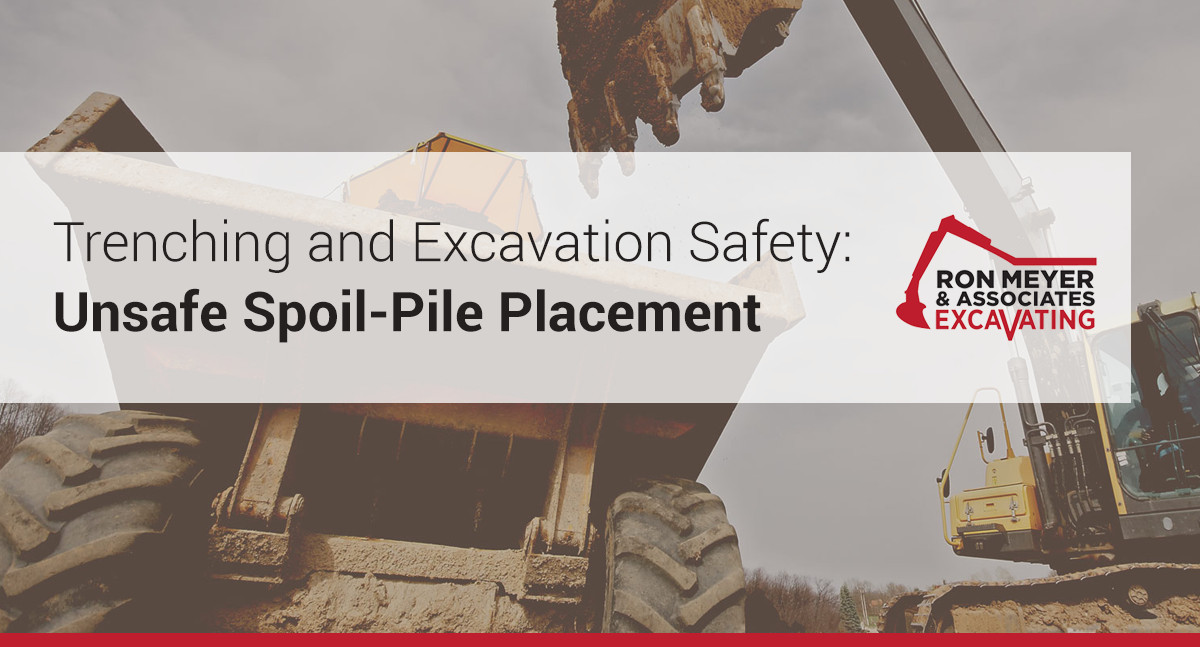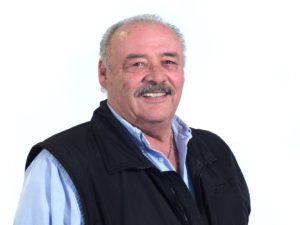
Cave-ins are perhaps the most feared trenching hazard. But other potentially fatal hazards exist, including asphyxiation due to lack of oxygen in a confined space, inhalation of toxic fumes, drowning, etc. Electrocution or explosions can occur when workers contact underground utilities.
OSHA requires that workers in trenches and excavations be protected, and that safety and health programs address the variety of hazards they face.
Am I In Danger?
Excavated material (spoils) at your site are hazardous if they are set too close to the edge of a trench/excavation. The weight of the spoils can cause a cave-in, or spoils and equipment can roll back on top of workers, causing serious injuries or death.
How Do I Avoid Unsafe Spoil-Pile Placement Hazards?
Provide protection by one or more of the following:
- Set spoils and equipment at least 2 feet back from the excavation.
- Use retaining devices, such as a trench box, that will extend above the top of the trench to prevent equipment and spoils from falling back into the excavation.
- Where the site does not permit a 2-foot set back, spoils may need to be temporarily hauled to another location.
At Ron Meyer & Associate Excavating, Inc, we’ve been providing underground and commercial construction to private and commercial businesses for 39 years. As the general contractor or subcontractor, our experienced foremen, equipment operators, pipe layers, truck drivers and well-maintained equipment fleet make us an undeniable choice for your excavating services. Let’s talk about your project!
Additional Information:
- 29 CFR 1926 Subpart P, Excavations. OSHA Standard.
- 1926.651 Specific excavation requirements
Sources:

As 45 years of experience as an underground/site contactor and a third generation contractor, Ron takes time to go through each individual project with the supervisor and is responsible for all scheduling and equipment logistics. He’s also involved in all troubleshooting for projects.